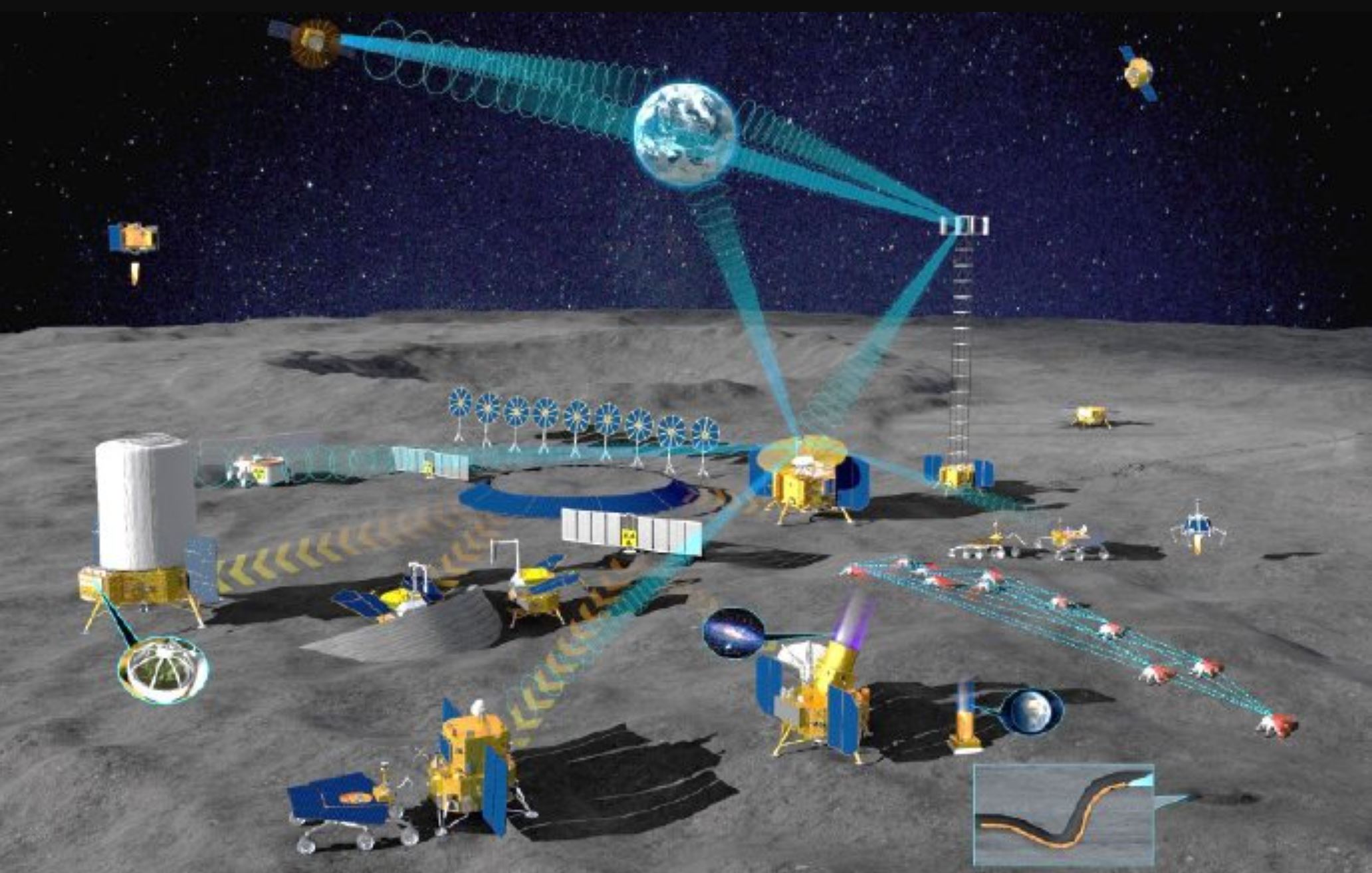HELSINKI – China is set to work with 50 countries on its ILRS lunar south pole base program as efforts to attract partners continue.
“We are open and welcome international cooperation from all countries, including countries from the Global South, emerging BRICS countries, as well as Western countries,” said Wu Weiren, chief designer of the research program. month in China, he told China Global Television Network (CGTN) ahead of the International Day of the Moon, July 20.
The call comes days after NASA canceled the VIPER robotic lunar rover mission that would have searched for ice on the south side of the moon.
China aims to build the International Space Station (ILRS) by 2035, and an expanded station by 2045.
“So far, we have signed agreements with more than 10 countries and about 30 international research institutes. We hope to work with 50 countries by inviting 500 foreign scientific research institutions, and 5,000 foreign scientific research workers to jointly build our international scientific research station, said Wu.
China is known to have attracted 10 countries to join it and Russia in this trade. These are Venezuela, Belarus, Pakistan, Azerbaijan, South Africa, Egypt, Nicaragua, Thailand, Serbia and, recently, Kazakhstan.
Turkey is believed to have applied to join. Meanwhile a series of universities, companies, institutes and regional organizations have signed memoranda of understanding on ILRS.
The ongoing diplomatic process suggests a delay in earlier plans to attract partners based on the project.
Chinese officials had said in 2023 that they intended to establish the International Lunar Research Station Cooperation Organization (ILRSCO) later that year. The organization will coordinate and manage the construction of the ILRS lunar base, but its establishment is yet to be announced.
China’s efforts are largely focused on the Global South, which somewhat mirrors the country’s broader initiatives. International negotiations have also included other countries in the program by extension.
A recent example saw the Hungarian Solar Physics Foundation sign an MoU with China’s Deep Space Exploration Laboratory (DSEL), headed by Wu, this month.
Bahrain, a signatory to the Artemis Convention, also signed an agreement with China on lunar and deep space exploration at the end of May.
The agreement on ILRS is not clearly stated. However, Bahrain will collaborate with Egypt to jointly develop a hyperspectral imager for the lunar payload for Chang’e-7. China’s first ILRS mission to the southern moon will begin in 2026.
Peru, another signatory of the Artemis Accords, has contributed to the ILRS through its participation in the Asia-Pacific Space Cooperation Organization (APSCO).
China announced the ILRS jointly with Russia in June 2021. Since then, China has taken the lead in negotiations after Russia’s invasion of Ukraine. It has also taken the lead in the mission field, following the recent successful Chang’e-6 mission and the loss of Luna-25.
The invasion of Ukraine appears to have ended expectations of Western intervention in the ILRS. The European Space Agency has said it will not be involved in the ILRS project because of Russia’s involvement.
The US also has sanctions and policies that restrict cooperation with Russia. In addition, language in NASA’s appropriations bill, known as the Wolf Amendment, places severe restrictions on the agency’s ability to cooperate with Chinese entities.
ILRS: South pole and resource development
Wu also provided more information about the ILRS projects, in terms of location and purpose.
“We are preparing to build a lunar science research center on the southern side of the moon. This scientific research station will be integrated with the orbiting center and the lunar surface, as well as facilities such as the headquarters of major scientific projects.”
ILRS will “conduct scientific research and equipment development,” Wu said.
China is planning the first missions called Chang’e-7 and Chang’e-8 later this decade. These will map and search for resources in the southern lunar region and test technologies for the use of in-situ resources. Both of these activities will involve different international partners.
Chang’e-7 will include a small spacecraft to explore areas of the permanent shadow to test for the presence of water ice there. This was the main objective of the VIPER mission.
China intends to build a permanent lunar base with five missions to create power, communications and other equipment. China also aims to send astronauts to the moon before 2030.
Related
#China #countries #participate #ILRS #lunar #base
